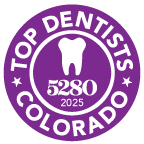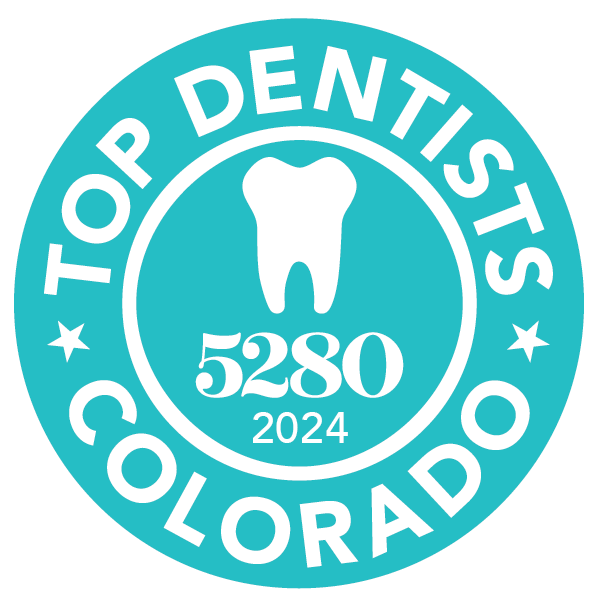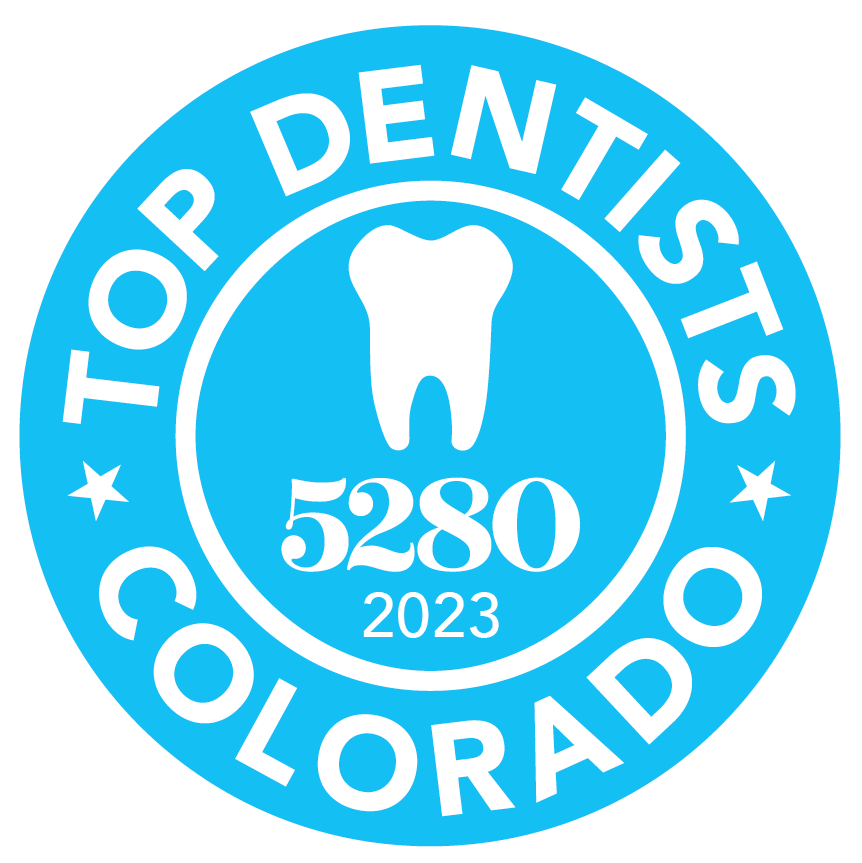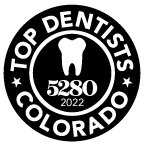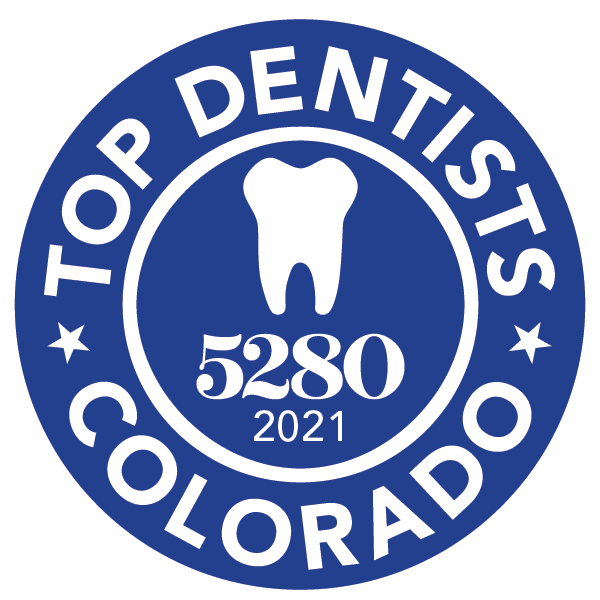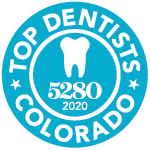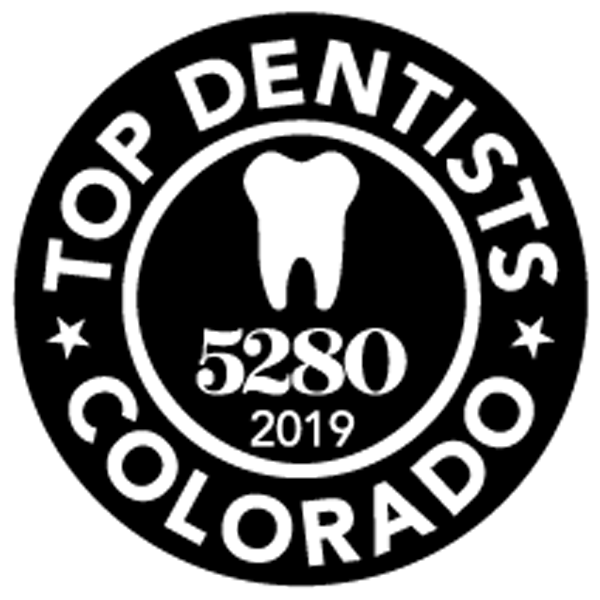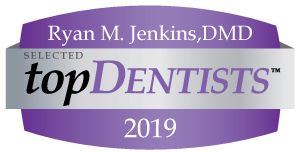Gum or soft tissue grafting is often required if you suffer from receding gums or thin gum tissue. When the gums begin to recede, the roots of the teeth may become exposed, causing sensitivity, a change in the appearance of your smile, and an increased vulnerability to decay. Receiving a gum graft will halt the recession and prevent you from bone loss and/ or tooth loss.
Causes Of Gum Recession
There are multiple reasons your gums may begin to recede, including:
- Genetics: Thin gum tissue also called a thin biotype
- Improper positioning of the teeth
- History of orthodontic treatment
- Gum disease or periodontitis
- Aggressively brushing or scrubbing your teeth
- Using medium or hard bristled toothbrushes
- Using abrasive toothpastes
- Teeth grinding and/or clenching
- High labial frenum attachment
- Hormonal changes, such as pregnancy or menopause
- Smoking or other tobacco use
TYPES OF GUM GRAFTING
There are three common types of soft tissue grafts. These are:
- Connective Tissue Graft – This is the most commonly used type of soft tissue graft and is also known as a subepithelial connective tissue graft. Dr. Jenkins uses the most up to date surgical techniques to implement this type of grafting. The area of recession will be numbed using local anesthesia, and the site will be prepared to receive a soft tissue graft. The graft material is either harvested from the roof of your mouth, or an allograft biomaterial is used. The main advantage of using the allograft biomaterial is not having to harvest tissue from the palate, which makes healing much more comfortable. If harvested from the palate, an incision is made in the roof of the mouth, and connective tissue is dissected out from underneath the overlying tissue. Either graft is then positioned over the exposed roots and secured into place with sutures. Dr. Jenkins is trained in the tunneling technique where incisions are not required. This technique optimizes success and is a more comfortable healing experience for the patient. Dr. Jenkins will determine if you are a candidate for this technique.
- Free Gingival Graft – This type of graft is similar to a connective tissue graft. However, instead of removing the subepithelial tissue beneath the skin on the roof of your mouth, a rectangular piece of soft tissue will be harvested from the roof of your mouth and placed over an area of thin gum tissue and/or receding gum tissue. This type of graft is used when gum tissue is thinning as well as receding.
- Pedicle Graft – For a pedicle graft, a strip of soft tissue will be ‘shared’ between the affected site and the healthy gum tissue closest to it. This means a flap of tissue will be partly cut away and moved over to cover the roots of the neighboring teeth. The flap will be stitched over the teeth, and all of the blood vessels will be left in place.
Gum grafting may sound intimidating, but it’s really quite a common procedure. You may experience some pain and discomfort after the surgery, but this pain can be easily controlled with pain medication and following the post-operative instructions. A free gingival graft may cause a bit more pain, so we may will prescribe you something additional pain medications and make a guard to cover the roof of your mouth during healing to help with the discomfort.
Beware, there are a lot of advertised “quick fix” or “non surgery” gum recession treatments that are being heavily marketed on TV and social media. As some of these techniques can be used on a limited basis, they are frequently used when not clinically indicated and result in failure. The majority of patients that need soft tissue grafting are not candidates for these techniques. Gum recession treatment will likely end up in failure or relapse if not completed by a specialist. Trust your care to a board-certified periodontist.
If you’re experiencing gum recession and would like to know more about gum and soft tissue grafting, please contact Littleton Implants & Periodontics at (303) 797-1211.
